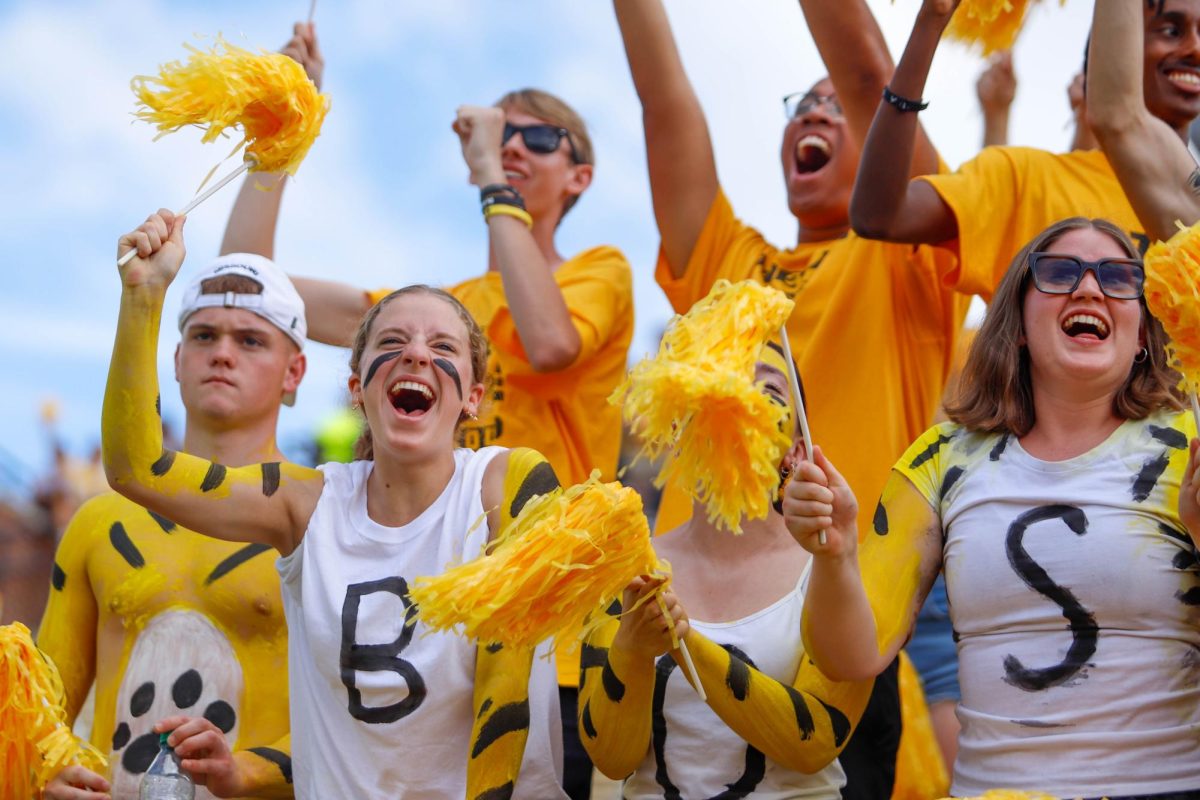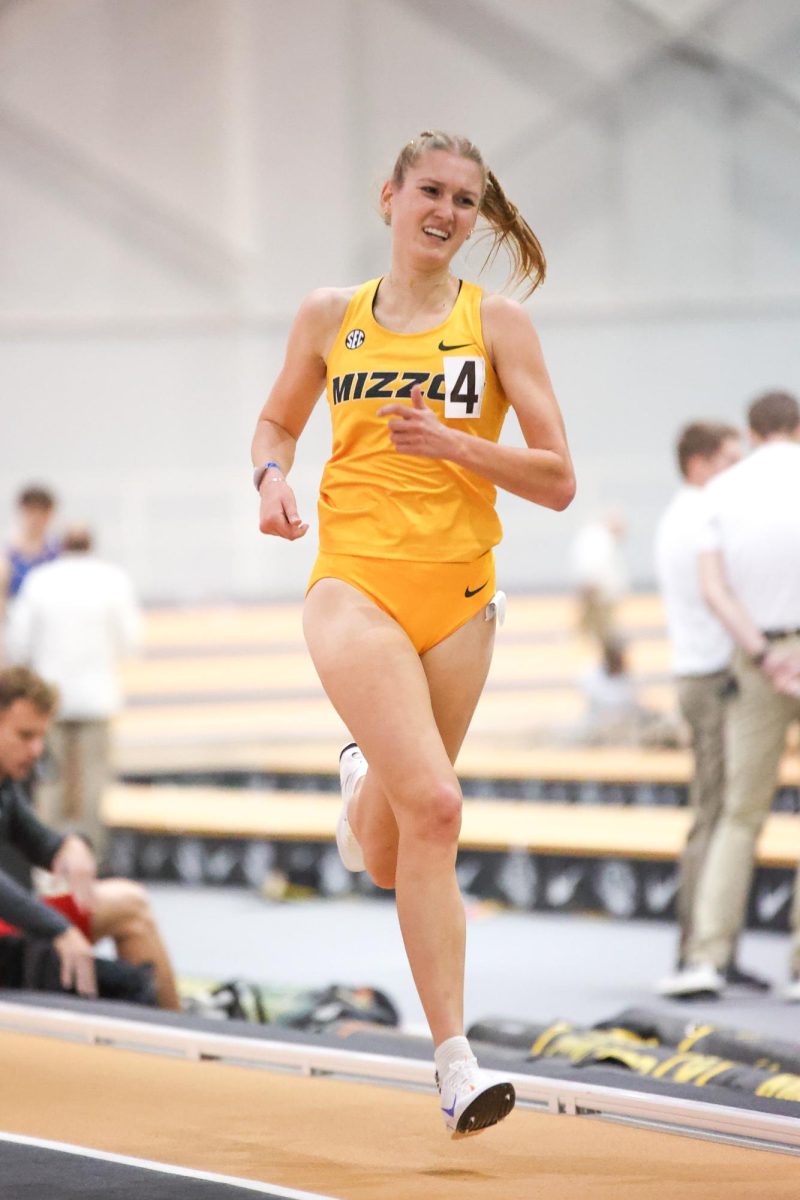The future of college athletics may be very much in doubt, and the first domino has fallen due to the fallout of a new lawsuit
College athletics have changed forever, and it has nothing to do with anything on the court or field. The House v. NCAA lawsuit aims to force universities to pay back athletes who were unable to earn money before the name, image and likeness (NIL) deals were introduced.
With settlement terms reached, the schools would have to pay a combined $2.7 billion in NIL back-pay damages. In addition to these back-pays, power-conference schools like University of Missouri may have to pay $20 million to their athletes. The main four power conferences: ACC, Big Ten, Big 12 and SEC will also be affected in this decision.
There are plenty of new rules regarding NIL payments moving forward and some of these policies may directly interfere with new Missouri legislation. This new legislation has helped explain the boost in Missouri football recruiting as in-state recruits can be paid once they enter an agreement with the college during high school.
In addition, the NCAA is beginning to implement roster restrictions as well as expanded scholarship sizes heading into the 2025-26 season. Nearly every sport will see an increase in scholarships, but most sports will have to cut down their roster sizes.
Here are things that Missouri fans should know about these new rules and limits that will affect collegiate athletics starting in the 2025-26 season.
The Good: More Scholarships
Across nearly every sport, athletic programs will receive scholarship boosts. As a whole, it’s estimated that 790 new scholarships will be added across the 40-plus sports at the Division 1 level. For the University of Missouri specifically, the number of full rides jumps from 268.6 all the way to 503, and it appears that every rostered athlete will receive a full-ride.
In previous years the athletes would split partial scholarships, as well as bringing aboard plenty of players who were walk-ons, meaning that they still paid full-tuition despite being a member of an athletics team. This new system should guarantee that everyone playing at MU, regardless of sport, receives a full-ride scholarship. This is especially important for sports that don’t generate major endorsement deals and end up resulting in major NIL deals for those athletes. In addition, it also respects the athletes that may not see the field as often, respecting the work they put in outside of game days.
One sport that could benefit the most from these new scholarship rules is track and field. Previously, upwards of 100 athletes were sharing a combined 30.6 full scholarships. Under these new rules, every member of the roster will now receive a full scholarship starting in the 2025 school year.
The Bad: Less Roster Spots
With these added scholarships, the NCAA has now capped the roster sizes at the same number of scholarship spots. For many of these teams, these roster caps sit below either the current or projected roster total heading into next year’s season.
Last season the University of Missouri had a total of 43 players on their baseball roster. With the new restrictions heading into the 2025-26 season, baseball rosters will be limited to 34 players, each with a full scholarship. While no official statement has been released, it is expected that the current roster will not be grandfathered in when the cap hit applies. If this were true, it would force the team to remove several athletes from the roster.
By limiting the amount of athletes on a roster, it can severely damage a team’s ability to practice. Many of the best football teams across the nation rely on their walk-ons who join the team without a scholarship to help prevent injuries from overuse during practices. Fellow SEC head coach at Texas A&M, Mike Elko, shared his concerns during SEC media days.
“I’m strongly against it. I think it’s absolutely against what college football stands for,” Elko said.
This new roster cap also means smaller recruiting classes for nearly every sport offered. While most athletes should receive better scholarships, it limits the amount of athletes that can play for the University of Missouri moving forward.
This ruling will change more than just roster sizes. Within the over 100-page settlement, the NCAA has changed the way money flows in and out of college athletics for the foreseeable future. Despite these changes not going into effect until the 2025-26 school year, the changes to the NCAA game have already begun.
Edited by Michael Stamps | [email protected]
Copyedited by Hannah Taylor | [email protected]
Edited by Emily Skidmore | [email protected]







